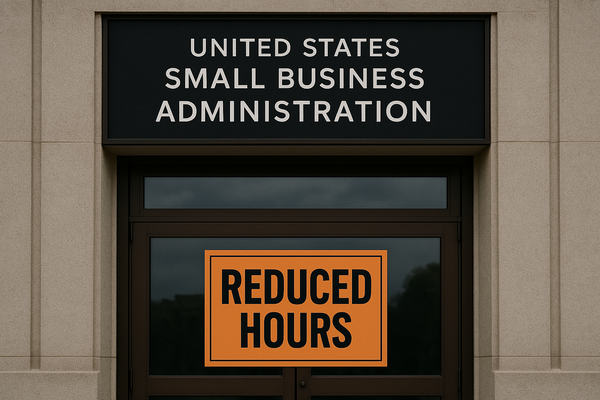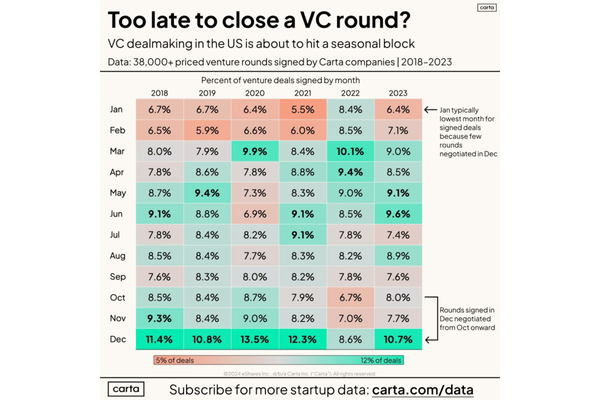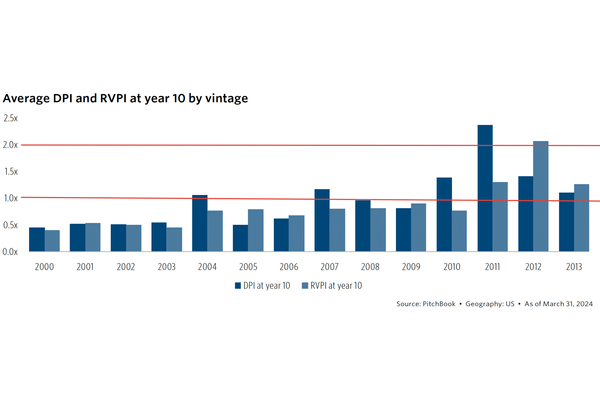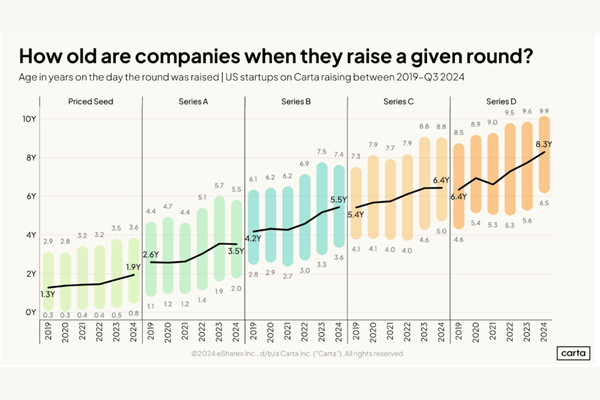Don't Let Selective Storytelling in the Media Warp Your Perspective
Take a look at the picture below. That's me in July 2011. After I took this picture, I decided to create a little experiment. I set it as my profile photo and started asking people a question. What do you see? Where am I? What am I doing?
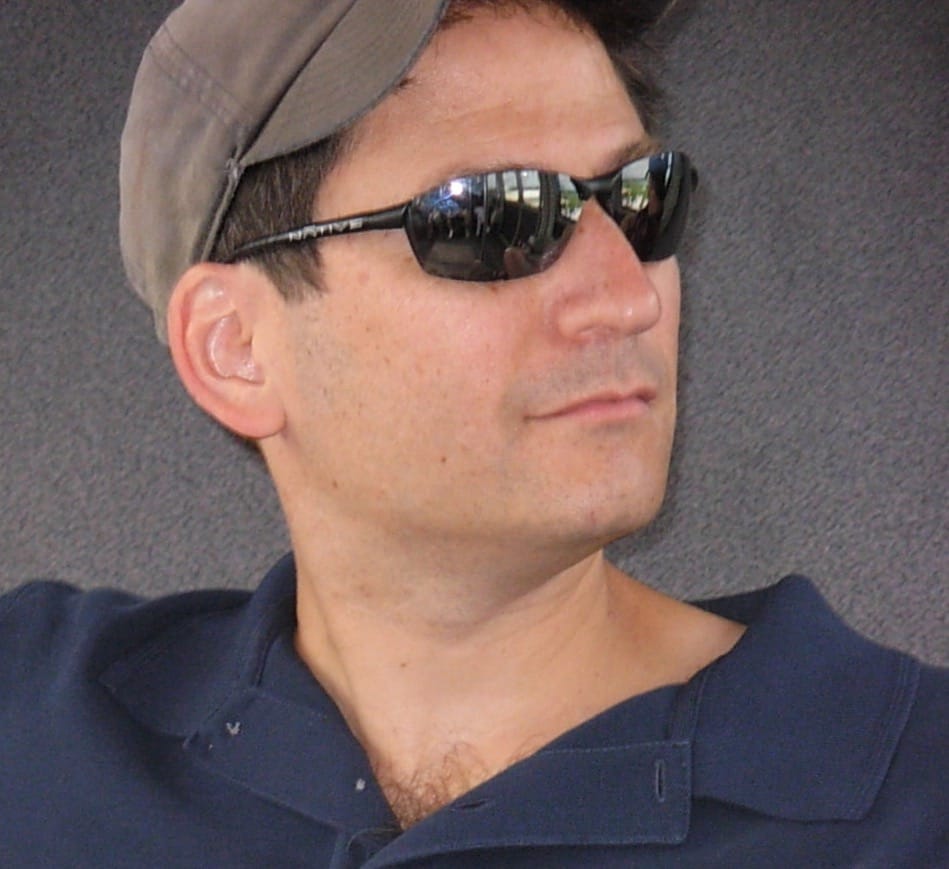
I'll provide a little more context. This picture was taken five months after we completed the sale of Huffington Post to AOL for $315 million. It was a very successful outcome in the early days of digital media.
Within a month of closing that deal, I announced that I was joining Thrillist Media Group as their CFO. Thrillist had just bought another hot startup, JackThreads, and we were going to lead the charge in the evolution of content and commerce.
From all appearances, my career was on a hot streak as I moved from one successful outing to the next. I was connected to a growing network of successful VCs. I was working with well-respected founders. I lived in a cool neighborhood in Brooklyn.
In trying to make an accurate guess, people would incorporate the public knowledge they had about me to try to craft a story that matched the picture. Many people guessed I was in the Hamptons on a boat. Or in a cool, interesting bar on a beach in an exciting locale. I was clearly living my best life.
Want to know the real story?
In this photo, I am sitting on the monorail at Disney World in Florida. It's July. We are on our way out of the park after a seven-day trip with my entire family. My wife and kids, who at the time were 3 and 5 years old. My parents, who at the time were in their late 60s. My two brothers and their kids. 12 of us in total. Our group represented a wide distribution in ages, interests and perspectives of what constitutes a good time.
There were many wonderful memories created on that trip. But let's not kid ourselves. Florida in July is gross – it's insanely hot and humid. I love quality time with my family, but after a week of trudging through the park, dealing with the heat, and slowly getting on each other's nerves, it was time to go home.
If you pull back from that cropped photo, you see a family that is tired, weary, and done with this trip. The kids are all flopped over, exhausted. There is little conversation, breaking up long stretches of silence. I'm staring off into the distance in that photo in a brief respite from the carnage around me as we slowly make our way back to civilization.
A carefully cropped picture, placed into a selectively constructed narrative of my professional career, can let your imagination create a scenario that's very different from reality.
Why does this matter to you?
As an entrepreneur, you need to remember that this dynamic is at play when you read stories about other founders in the media that cover the startup landscape. Each of those stories has been similarly cropped and edited. They are only showing the good parts. Just outside the frame is the same stress, dread, internal chaos, and sleepless nights you face day to day as a founder.
The startup press chases clicks on headlines, just like every other online publication, which leads to an overly simplistic framing of founders as either heroes or villains. The hero story follows founders on the way up, fundraise after fundraise, championing growing valuations and larger rounds of funding. They build these founders up and never miss an opportunity to turn them into villains and kick them on the way down.
Do you know what stories don't get told? The grind. The stress. The sleepless nights as you think about your missed sales targets, shrinking cash runway, and increasingly contentious board meetings.
My advice. Be wary of stories about founders and their startups that are told throughout the journey before we know how the story ends. More often than not, you're reading PR rather than an accurate account of the prospects for that startup's success.
Funding announcements that tout the amount raised, but fail to provide essential details such as valuation, preference terms, ratchets, and founder dilution, are meaningless.
When interviewed, founders put on their bravest face, full of optimism and confidence – a closely cropped view that keeps the fear, stress and concern out of frame. Their audience isn't you. It's their investors, employees, and even their friends and family. The goal is to keep confidence high and that positive narrative in place.
But you know it's not the whole story. It's a carefully constructed snapshot, cutting out all the bits and pieces they don't want you to see.
And just outside that frame is an exhausted team, grinding out the hard day-to-day work of getting their startup to the next set of milestones.
As for me, we haven't been back to Disney World since that trip. We are not in a rush to go back. But I hear rumors that my mom is planning another trip….

